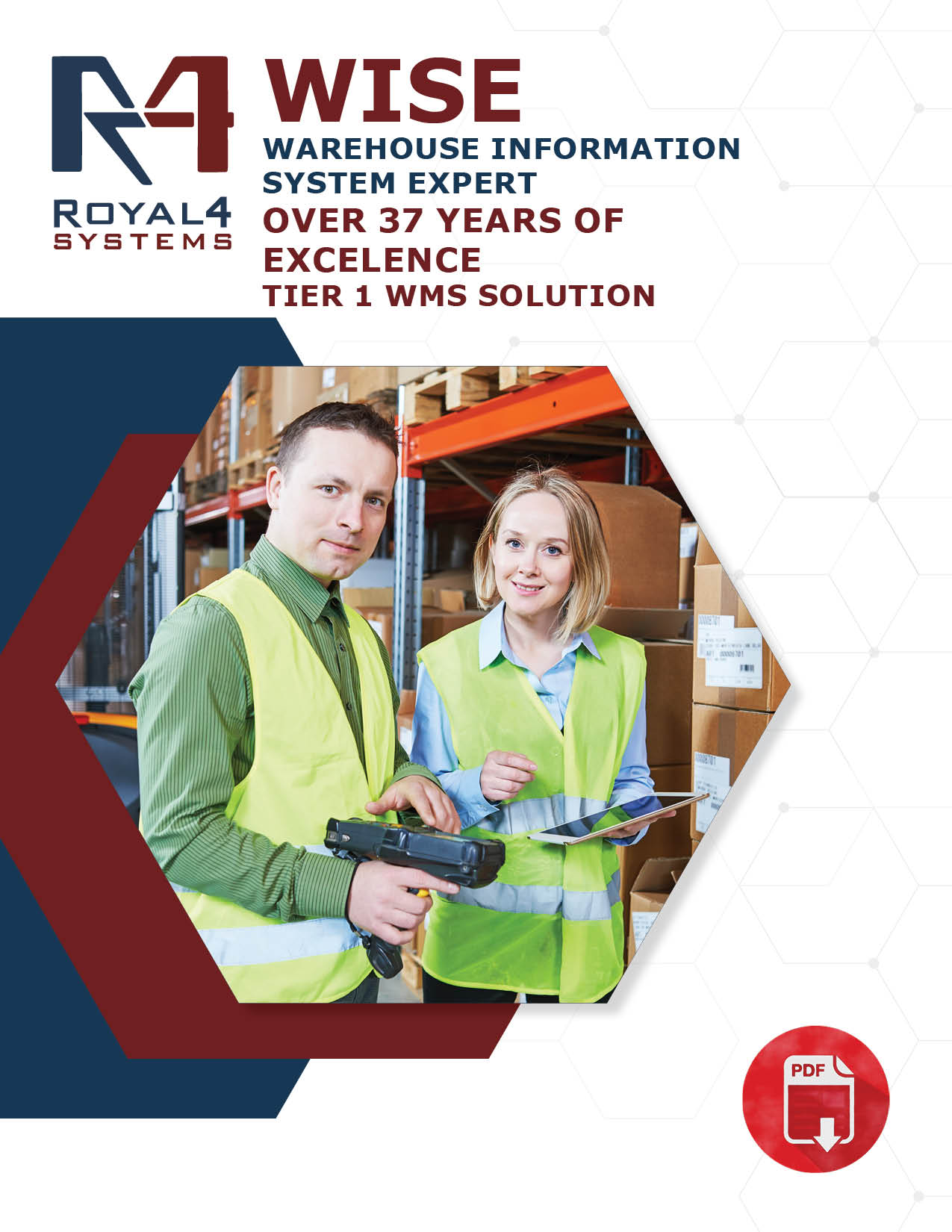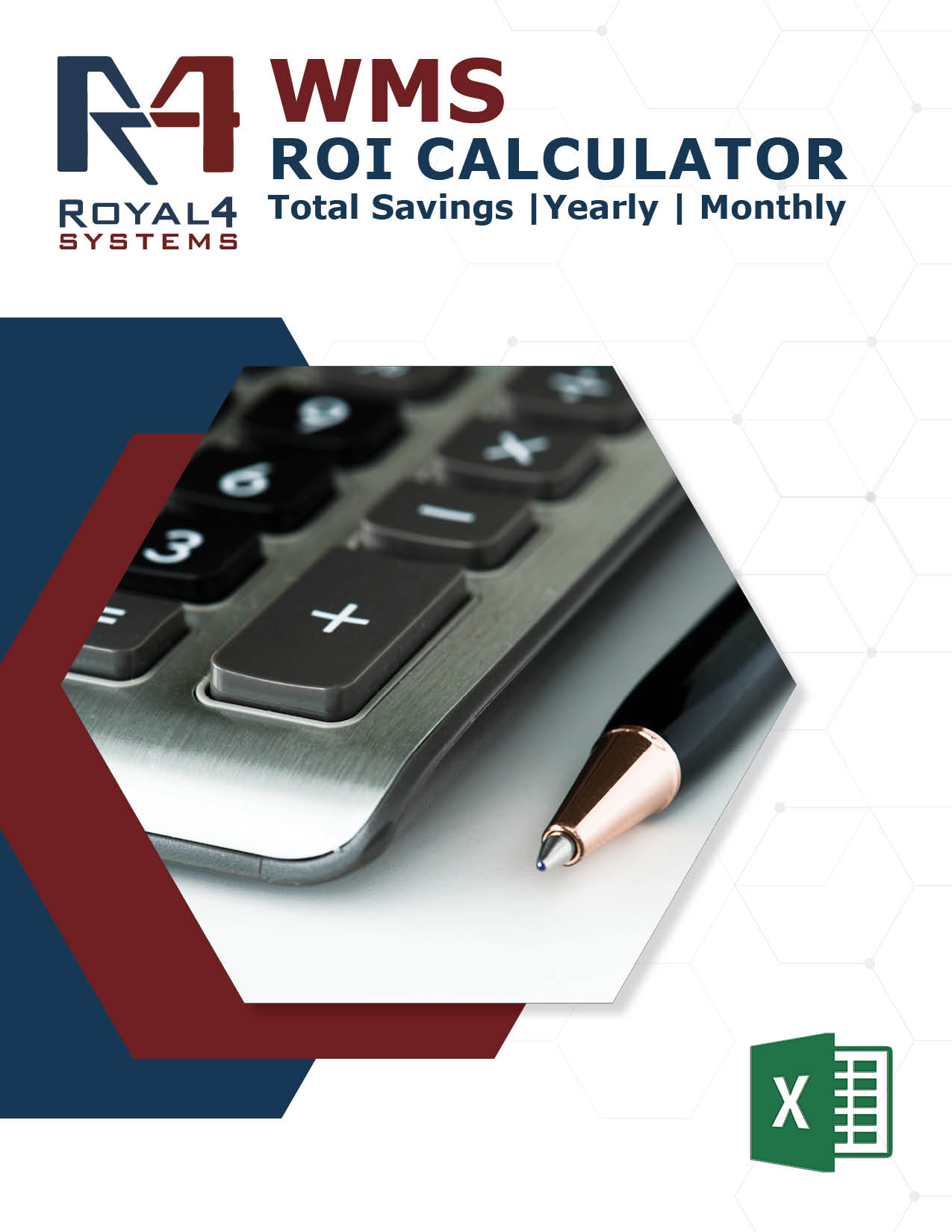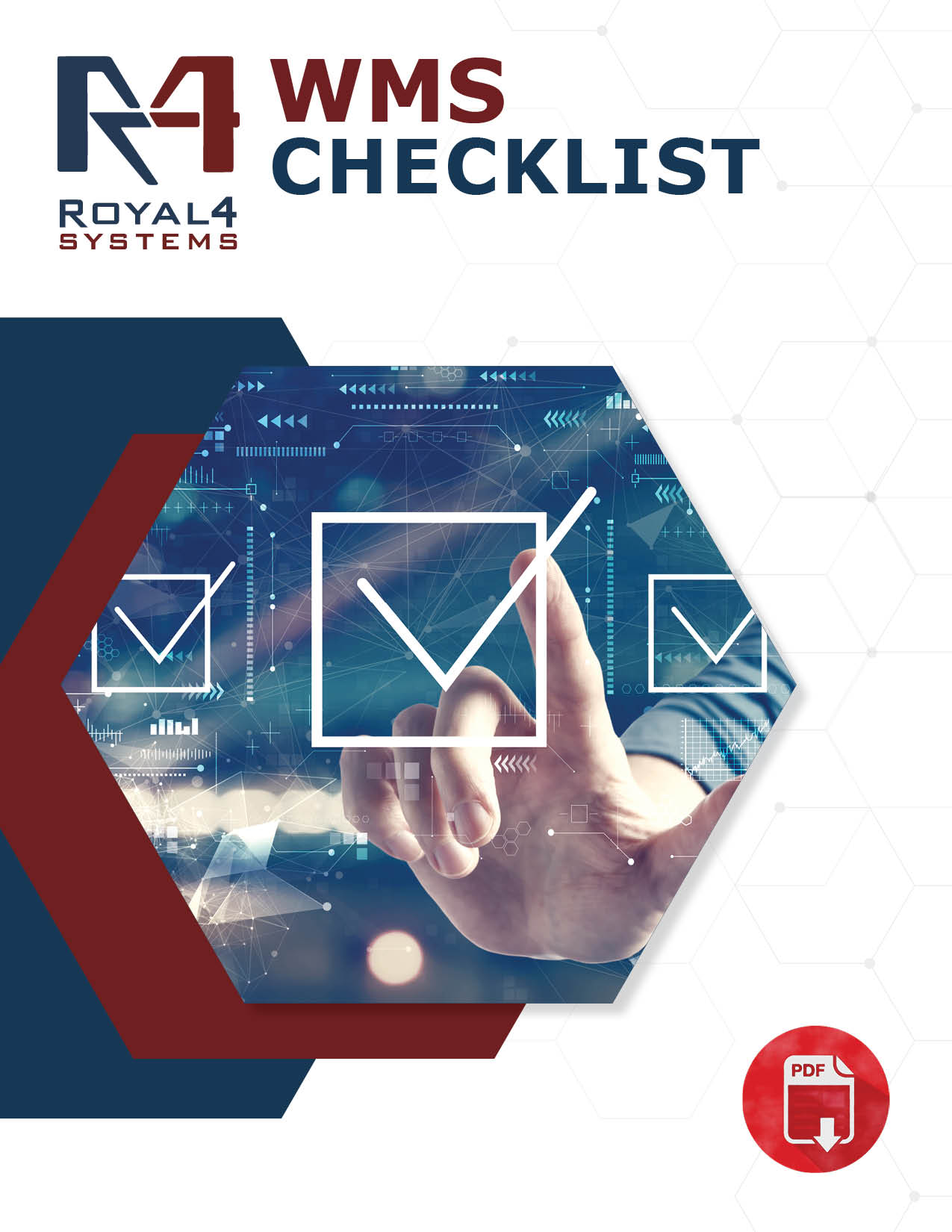
With good reason, the logistics and shipping sector are thought of as a task-intensive sector that relies on connecting several activities such as exporting services. What seems to be a straightforward shipment of products from one nation to another entails a complicated web of duties, chores, responsibilities, and human roles in many contexts. Too many things need to be handled, including handling the paperwork of the sent items, issuing delivery instructions, and adhering to international laws and standards.
Shipping and logistics service providers now have to handle tasks from established companies, and online firms make things much more difficult. This problem led to the developing of a wide range of digitally enhanced apps and solutions for shipping services, incoming inventory control, digital warehousing, etc. Each of them calls for managing a variety of responsibilities.
An easy way to manage these obligations methodically and efficiently is to utilize Enterprise Resource Management (ERM) software, which allows the shipping and logistics service provider total control over the whole process. A firm may more efficiently plan, manage, and carry out a variety of logistics and shopping activities when they implement a new ERP solution or upgrade their current ERP system with more advanced features. ERP software is widely renowned for offering a scalable solution to efficiently handle all shipping and logistics transactions in the shipping and logistics industry.
This section will cover some of your business’s most significant ERP and exporting systems advantages.
What and how?
The cloud-hosted ERP software used in the import/export sector makes it possible for users to estimate future inventories. It is advantageous because it readily satisfies vendor delivery needs and consumer expectations. To resolve these concerns, almost all importers and exporters struggle to manage activities associated with commodity transactions.
The web-based ERP solution that firms utilize essentially connects smoothly with the complete financial management program, which functionally depends on all financial activities, including general ledger entries, data redundancy inputs, and cost calculation of items acquired or supplied. A well-developed, reliable, and adaptable system software is necessary to manage the operations associated with procurement, storage, and delivery because it is such a complex duty. It also possesses the extraordinary quality of managing documents and licenses, which may take the shape of a shipping bill, an originality certificate, a packaging list, a bank realization document, exchange bills for commodities, and many other things.
1. Developing a program for import and export compliance
Any size organization needs a solid importing and exporting process. Without a rigid and trustworthy system, whoever is in charge would have to start the compliance process from scratch each time, which might lead to gaps, errors, and malfunctions.
Among the early steps are developing a trustworthy method and keeping documents of the technique that are readily available. This Shapiro resource covers a section of the procedure for generating an import and export compliance program.
2. Import and export compliance issues
Business executives should consider the real consequences of non-compliance while creating the import/export compliance program. For instance, Importer Security Filing (ISF) rules are crucial since violators are subject to fines of up to $5000 per day. Businesses must comply with laws like 19 US Code 1484, titled “Entry of Merchandise,” which mandates that they report goods to the Bureau of Customs and Border Protection, offer import activity summary statements, and physically or electronically transmit documentation to the owner or buyer of the goods.
These are just a few regulations that import and export businesses must follow to remain in operation. These businesses must investigate American jobs that are pertinent. They may either use customs offices or hire qualified advisors to guide them through the complex world of import and export law.
3. Distribution ERP features for import and export
Thanks to modern distribution technologies and ERP systems, businesses may standardize their import and export processes. For instance, a vendor may create an ERP distribution database with various special fields connected to a table for wholesale distribution. Researchers can use this as a crucial checklist to prove that a critical customs document has been submitted to find evidence that an employee entered a value into the database instead of a null value.
Business ERP systems also transfer essential data from one area of the system to another, providing business executives with additional details about all aspects of their operations, including import and export compliance. A visual report that demonstrates how each specific item or shipment has been officially authorized by customs and is consistent with import/export regulations may be created using some of these custom fields from the database.
Many of the capabilities that distribution ERP provides for import/export customers have to do with tracking tangible products and the creation of digital spaces that make it simple to conduct investigations. Systems that use barcodes to scan can locate actual shipments. Each of these entries can have data values added by the various custom databases above.

Why bother?
1. Coordinating manufacturing and distribution operations
Thanks to modern ERP software systems, most manufacturing, and wholesale distribution companies may take advantage of significantly more sophisticated features and functions to manage all processes, including receiving, packing, selecting, and shipping. As a result, such businesses’ ERP systems serve as a potent mechanism to guarantee that clients receive the appropriate goods at the right time.
ERP systems provide several critical features that may support manufacturing and distribution companies with product delivery, such as resource management, integration with logistics and shipping carriers, inventory management, shipment history maintenance, etc.
2. Increased customer satisfaction
Finally, ERP systems guarantee increased customer happiness by streamlining and improving logistics and product delivery. This improvement is made feasible by careful production planning, planned operations, improved inventory management, and fine-grained coordination of the distribution routes. The final result is prompt delivery, quicker answers, and more client visibility of their items as they are transported. Customers receive improved services due to the integration of ERP technologies into the shipping procedures.
3. Secure portal access to vendors
The most important benefits of an ERP system for logistics and shipping are the secure and convenient access to vendor websites. Each ERP software system used in logistics operations offers a secured login option for registered users, making it easier by providing safe access to the delivery and other information in the shipping process. Users can also update their profiles and participate in well-timed conversations via integrated email and messaging services.
4. Improved stock maintenance and inventory control
Inventory management is one of the most important ways to ensure operating efficiency in the logistics industry. Maintaining supplies, requests, deliveries made along the route, and sales data are necessary for comprehensive inventory management. The logistics firm will be able to keep track of the most recent inventory status thanks to combining all these features and components under a single dashboard. Since inventory management is a crucial component, ERP software plays a significant role in an effective logistics operation. Based on the status of their inventory, firms can efficiently handle all incoming and departing orders thanks to modern ERP systems. This system enables efficient purchasing and delivery. A business executive’s updated understanding of the condition of their inventory may help them make more informed, context-sensitive, and timely strategic choices.
5. Easier transportation maintenance
The trucks and the drivers who move those vehicles from one location to another are perhaps the most significant assets for the whole logistics and shipping industry. However, keeping track of the scheduled time is more challenging when a product must go via many transit routes and gates. The effectiveness of a logistics firm can be substantially hampered by such intricacy. An ERP system can help in this case by giving complete visibility of the complex web of transport transits that the commodities are meant to go through. Thanks to ERP systems, logistics firms today have much better control over on-road vehicle transit and their schedules.
6. Shipment tracking in real time
Shipment tracking while en route is one of the most recent techniques to boost effectiveness and control in the global logistics sector. Nevertheless, tracking things while en route is challenging and necessitates using cutting-edge hi-tech techniques. ERP software packages now include real-time tracking features, giving users access to real-time vehicle positions.
Modern ERP systems make communication with truck drivers and logistics workers possible. Thanks to the features of such an ERP system, real-time shipping tracking is now simpler than before. Such advanced ERP systems assist in obtaining more relevant data on on-road transit to help with future logistics management decisions and give greater control.
7. Lower shipping prices
Shipping is crucial for retail firms to control and reduce operational costs, provide consumers with a competitive edge, and increase sales. Businesses can get a competitive advantage in the market by forgoing shipping costs, even if shipping costs earned from sales may help a corporation manage better profits. To improve sales and lower meeting costs, making a data-driven, exact decision about the shipping cost component is crucial. Modern ERP systems provide significantly greater control over shipping expenses by giving precise information on the whole transit path and cost at every level.
Request a Demo
Need more information?
Solutions






![image001[25]](https://www.royal4.com/wp-content/uploads/2023/11/image00125.png)